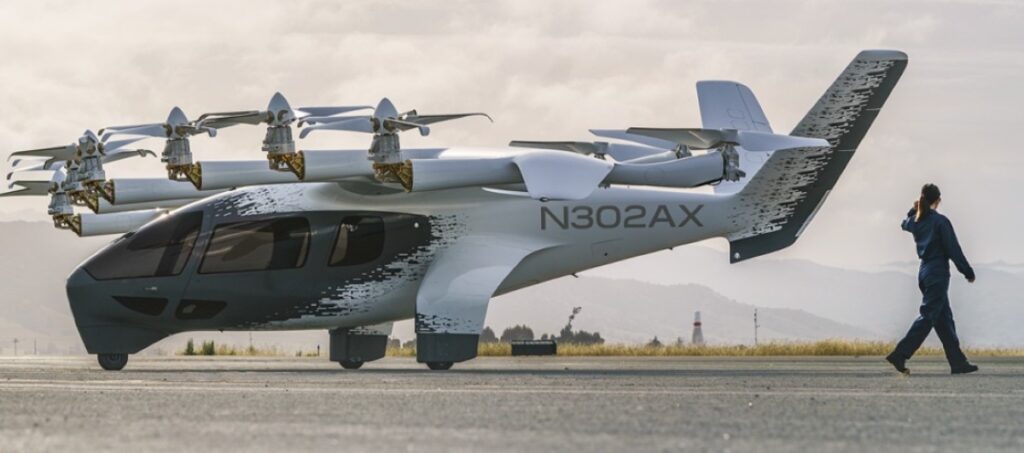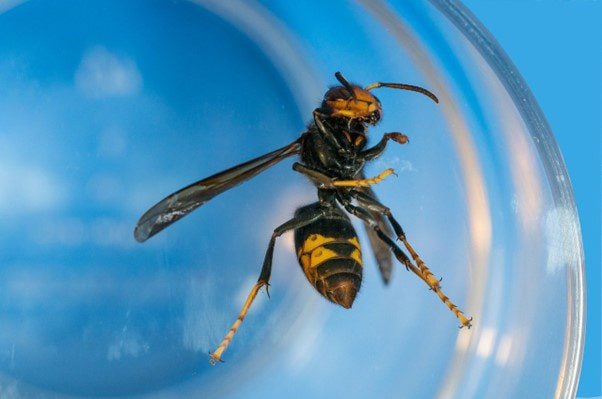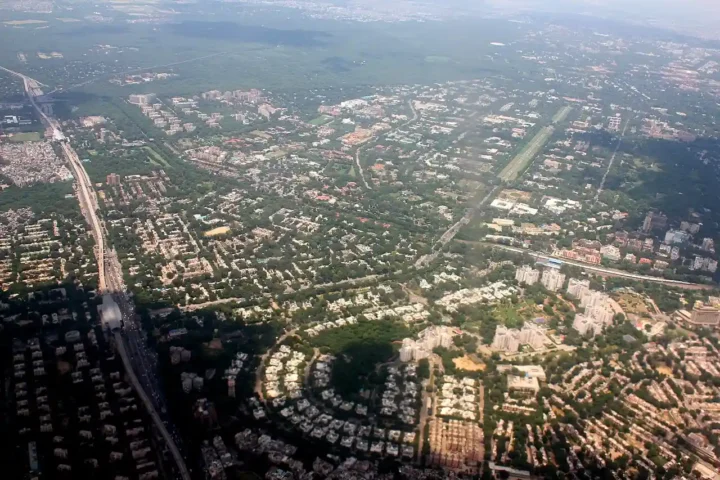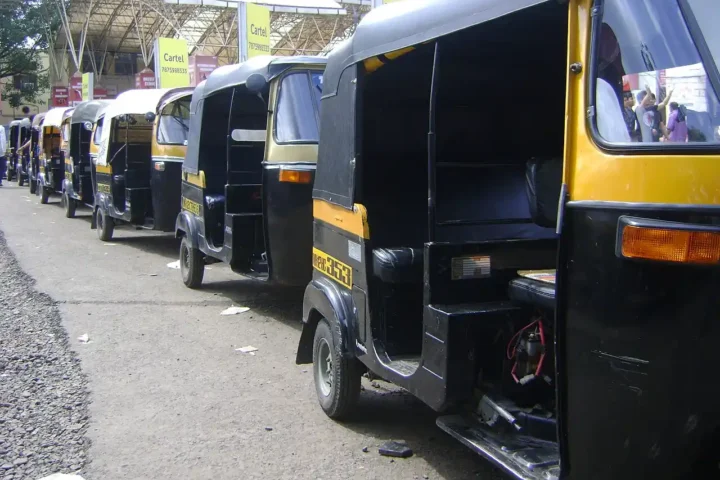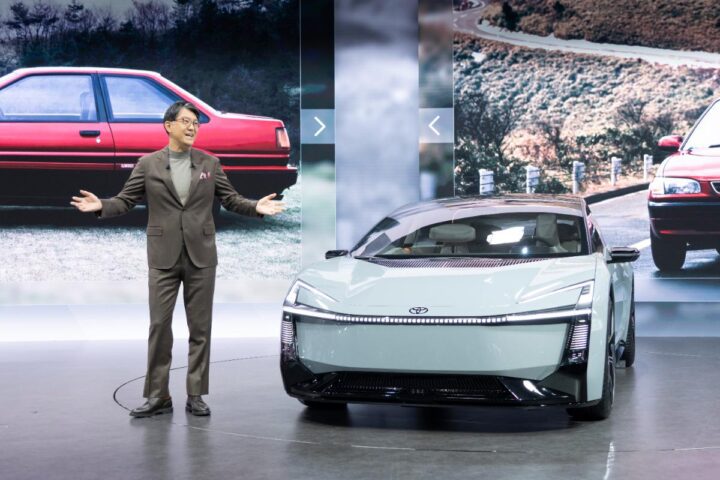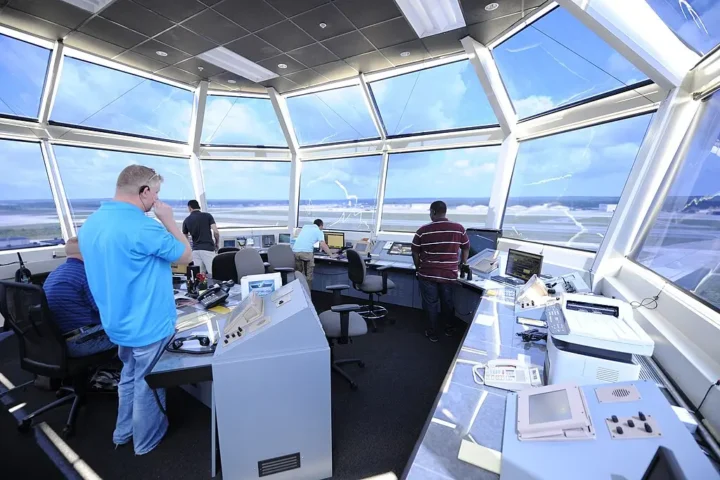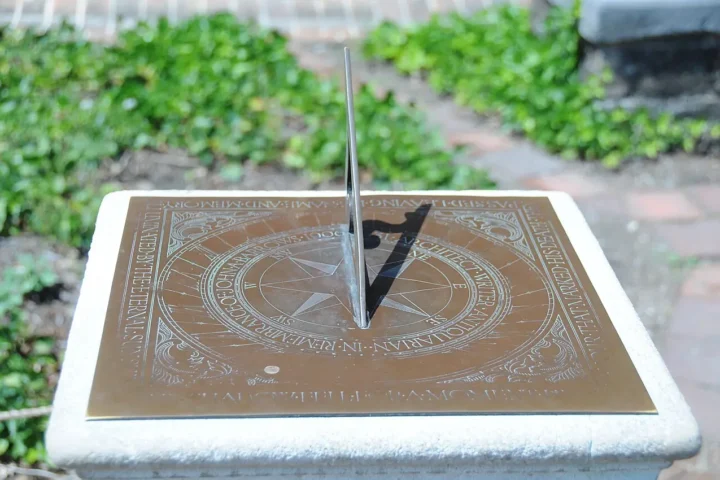The map of women’s equality across America tells a story of stark contrasts. Hawaii stands at the top where women enjoy conditions closest to men in work, education, and politics. Meanwhile, Utah remains stuck at the bottom for the 11th straight year with persistent gaps in pay, leadership, and education.
These findings come from WalletHub’s 2025 study on women’s equality, which compares states using 17 metrics across workplace, education, and political representation.
The gender gap persists nationwide. The U.S. ranks just 42nd globally in gender equality according to the World Economic Forum’s 2025 report—up one spot from last year, but still far from the top 30.
The Top 10 States for Women’s Equality in 2025
- Hawaii – 72.49 points
- Nevada – 70.54 points
- Maryland – 69.91 points
- Maine – 68.84 points
- Oregon – 68.17 points
- New Mexico – 67.93 points
- California – 67.91 points
- Iowa – 67.81 points
- Alaska – 66.66 points
- Vermont – 66.37 points
The Leaders and Laggards
Hawaii earned the top spot with a score of 72.49 out of 100 possible points. The state showed remarkable workplace parity: zero gap between men and women in minimum-wage jobs, women experiencing 0.5% less unemployment than men, and 3.2% better job security for women.
Nevada (70.54) and Maryland (69.91) secured second and third places. In Nevada, only 8.3% more men than women earn $100,000+ annually, making it the fourth-best state for high-income parity. Maryland women earn weekly paychecks just 11.5% lower than men—still a gap, but significantly better than most states.
At the opposite end, Utah scored just 29.93 points, with Texas (41.89) and Idaho (41.96) rounding out the bottom three. Utah ranked last in both workplace environment and education/health categories.
“Ensuring women’s equality requires more than simply giving men and women the same fundamental rights,” said Chip Lupo, WalletHub analyst. “States also need to work to make sure that women receive equal treatment to men when it comes to financial opportunities, education, and politics.”
Behind the Numbers
The study grouped 17 indicators into three key dimensions:
Workplace Environment (40 points) measured income gaps, executive position disparities, unemployment differences, entrepreneurship rates, and economic security. California led this category, while Utah ranked last.
Similar Posts
Education & Health (40 points) examined advanced degree attainment, math test scores, and healthcare affordability. Connecticut topped this category, with Utah again at the bottom.
Political Empowerment (20 points) tracked gender balance in the U.S. Senate, House, state legislatures, and state executives. Hawaii ranked first, with Missouri last.
Some specific metrics revealed troubling patterns:
- The largest income gaps exist in Louisiana, Utah, Washington, Wyoming, and New Hampshire, according to the WalletHub data
- The gaps in executive positions vary significantly by state, with women consistently underrepresented nationwide
- The political landscape remains male-dominated in most states, though Nevada maintains a female-majority legislature; women hold about 62% of seats in 2025
A National Problem
Women make up more than half the U.S. population but hold only about 28% of legislative positions and 33% of S&P 500 board seats.
The gaps have real economic consequences. In states with higher gender disparities, women often struggle more with economic security—defined as having enough income to cover basic monthly expenses while building savings.
When looking at math test scores, the gender gap appears early but varies by state. In Hawaii, the difference in fourth-grade math scores is just 1.1%, falling to 0.6% by eighth grade.
The Road Ahead
Utah has ranked last for 11 consecutive years, suggesting deeply rooted structural issues rather than quick fixes.
Nevada offers one bright spot in political representation, with women holding about 62% of legislative seats in 2025—the highest rate nationally. But even top-performing states show room for improvement across various metrics.
The report used data from the U.S. Census Bureau, Bureau of Labor Statistics, U.S. Equal Employment Opportunity Commission, National Women’s Law Center, Institute for Women’s Policy Research, The Nation’s Report Card, Centers for Disease Control & Prevention, and Center for American Women and Politics.
Conclusion
The 2025 WalletHub report ranked Hawaii, Nevada, and Maryland as the top three states for women’s equality, while Utah, Texas, and Idaho were at the bottom. The rankings were based on 17 indicators across workplace environment, education and health, and political empowerment, using data from federal agencies.


